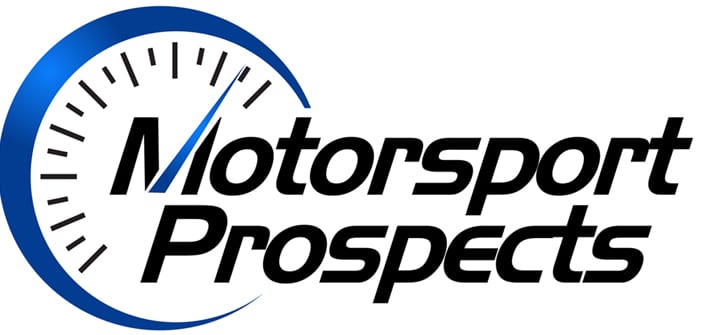
Introduction
The world of sim racing has never been closer to physical motorsports than it is today. Many sim racers dream of making the leap from virtual racing to real-world competitions. However, achieving this transition requires more than just passion and talent. The biggest challenge lies in the limited track time in real-world racing. To make the most out of every session, learning to utilize telemetry effectively is no longer optional; it’s essential.
Breaking Down Essential Telemetry Metrics
One of the largest differences between sim racing and real-world motorsport is the practice time available. While sim racers can spend hours refining their craft, real-world racers often have only a handful of sessions to prepare. In such a constrained environment, understanding telemetry can mean the difference between success and mediocrity.
Telemetry provides a window into your performance, helping you identify areas where small improvements can lead to significant time gains. To maximize performance, sim racers new to telemetry should focus on essential parameters rather than getting lost in complex data sets. For example, analyzing braking points and the amount of brake force applied can reveal opportunities to brake later or more effectively. Similarly, observing throttle application through a corner can help you identify if you’re opening the throttle too early, causing wheelspin or instability.
Imagine you’re 0.9 seconds slower than your opponent over a 15-turn circuit, it may be due to losing 0.05 to 0.15 seconds in several corners. The key to closing this gap is systematically analyzing each turn and identifying where those tiny fractions of a second are lost.
The Challenge of Complex Telemetry Tools
A common mistake among sim racers is to shy away from telemetry due to the perceived complexity of traditional tools. This hesitation is understandable, as many telemetry platforms are designed with engineers in mind, featuring layers of data that can feel overwhelming. However, the reality is that improving lap times does not require mastering every piece of data. Instead, focusing on a few critical parameters such as braking, throttle application, racing line and cornering speeds, can lead to significant performance gains.
The approach should be simple and systematic, like the motto “Eat – Sleep – Repeat.” For sim racers, this becomes “Drive – Analyze – Repeat.” This iterative process of driving, reviewing telemetry data, and implementing improvements is the foundation for elevating performance to the next level.
The Value of Telemetry Analysis
In motorsports, analyzing past performance is often more important than the act of racing itself. A famous chess grandmaster once said, “I spend 20% of my time playing games, 20% studying new strategies, and 60% analyzing my past matches.” The same principle applies to sim racing and real-world racing. It’s not just about driving fast; it’s about understanding your decisions, learning from mistakes, and refining your skills through detailed analysis.
Making Telemetry Accessible
Modern tools like RaceData AI are revolutionizing the way sim racers approach telemetry. Designed to be user-friendly, these platforms remove much of the complexity traditionally associated with telemetry analysis. With RaceData AI, you can start small, focusing on the most impactful data points, and gradually build your understanding. The best part? RaceData AI offers a free package, making it easier than ever for sim racers to get started.
Conclusion
If you are serious about improving your lap times and making the leap from virtual to real-world racing, start by embracing telemetry. Analyze every session, learn from your mistakes, and apply those insights on the next lap. In the end, what separates good drivers from great ones is their ability to learn, adapt, and repeat the process of improvement. Remember: Every Second Counts.


